How the brain’s functional connectivity can be induced in neuromorphic devices to overcome the limitations of conventional silicon technology.
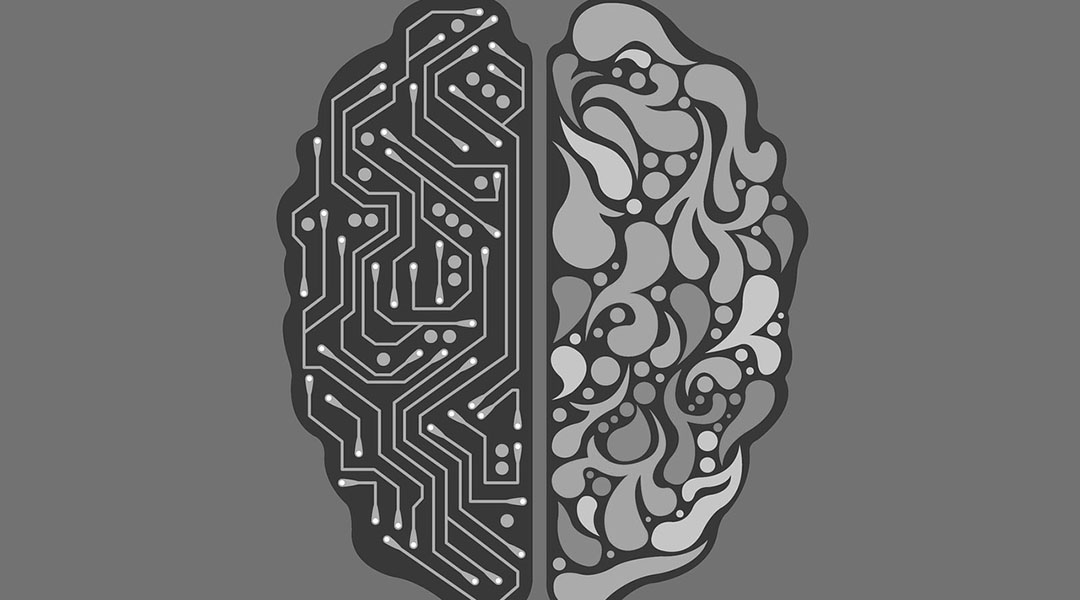

How the brain’s functional connectivity can be induced in neuromorphic devices to overcome the limitations of conventional silicon technology.

Can plasma offer a solution for decontamination of food or water which includes the presence of proteins?
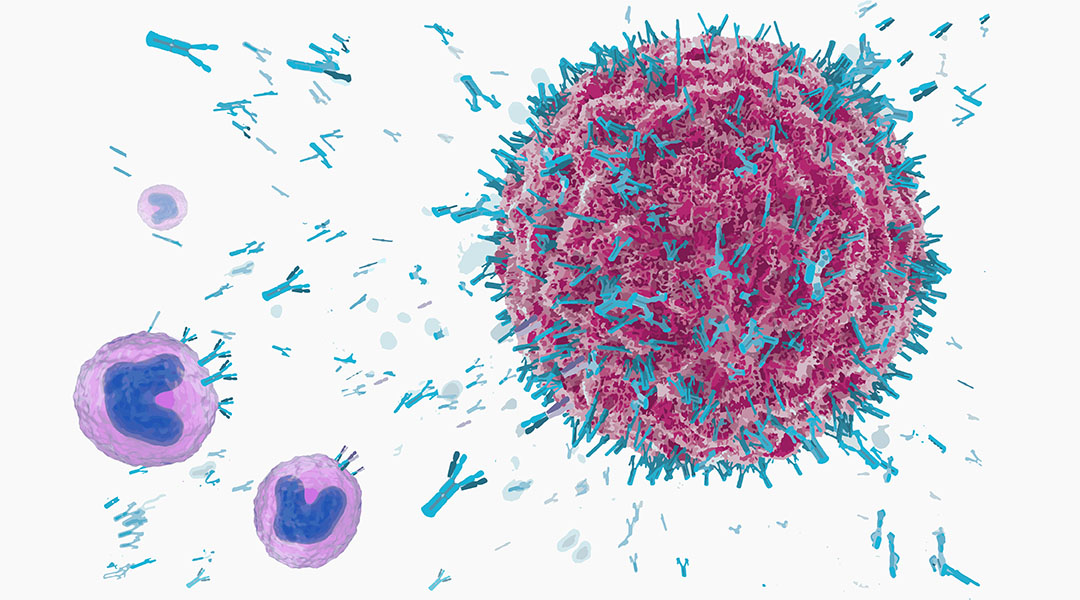
The immunoglobulin G scaffold can be engineered to increase stability, improve efficacy, and allow novel functionality as a potent anti‐cancer therapeutic.
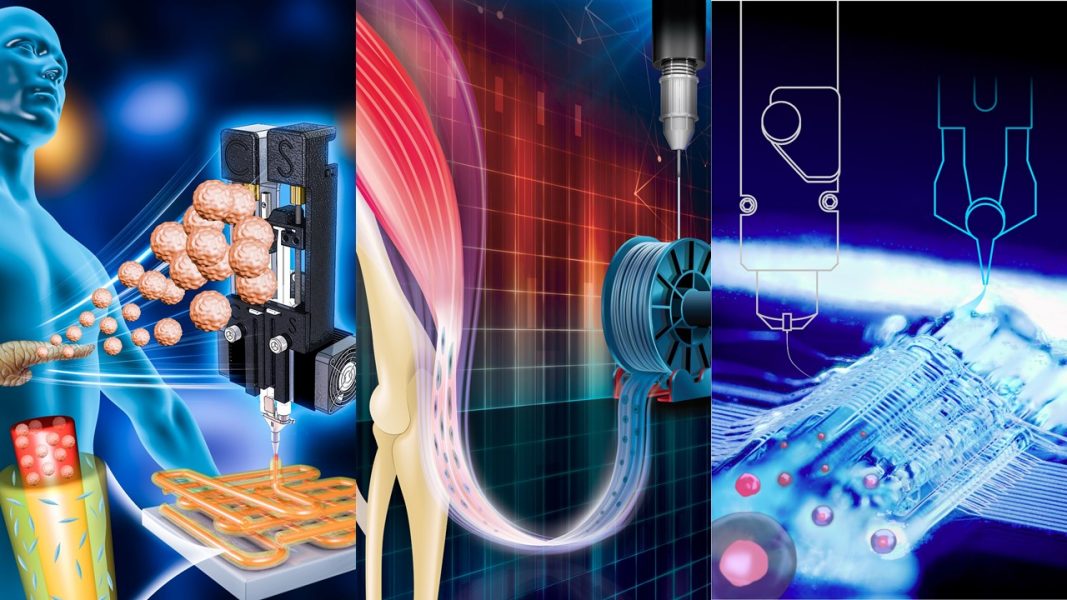
Special issue in Advanced Healthcare Materials, edited by Jürgen Groll and Jos Malda, covers bioinks, melt electrowriting, printing bone tissue, islet cells, tendons, skin, trachea, kidneys and more.
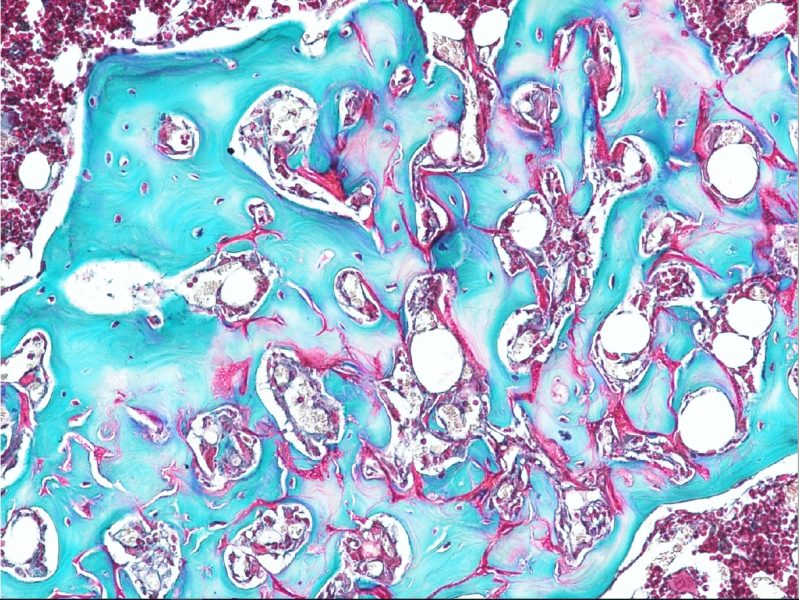
Harnessing an individual’s immune cells to mediate antitumor and antiviral responses is a life‐saving option for some patients with otherwise intractable forms of cancer and infectious disease.

A team of researchers from Ireland report on the mechanisms of how atmospheric cold plasma (APC) improves the germination of seeds.
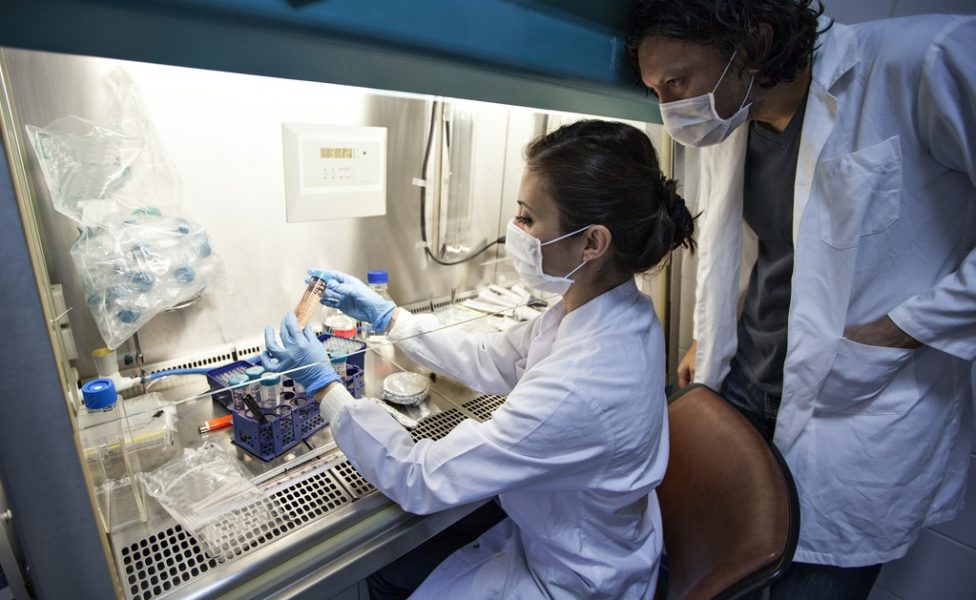
A team of researchers from China combined AC and SERS technologies to develop a novel method for urinary modified nucleoside detection as a tool for cancer screening.
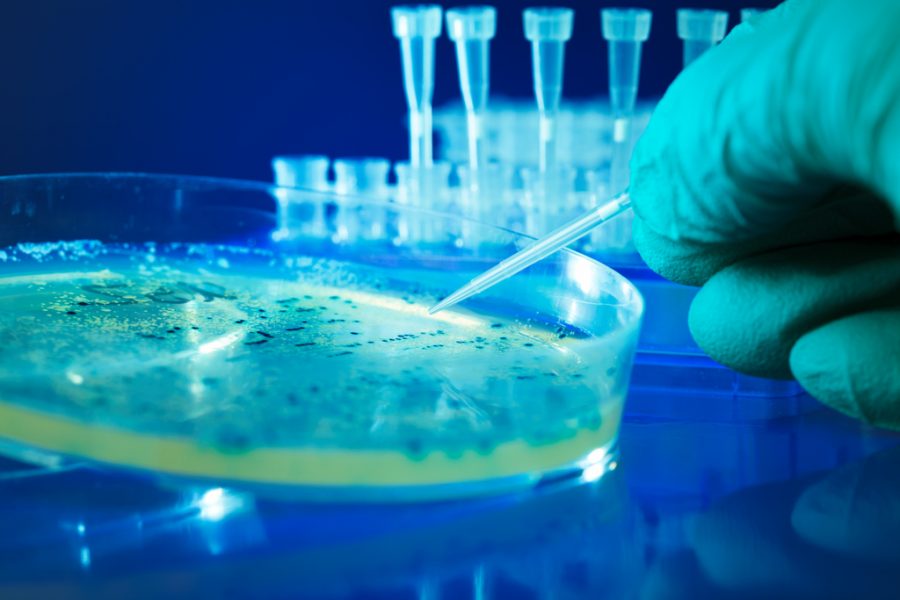
German researchers tested the efficacy of cold atmospheric plasma in the inactivation and removal of infections.
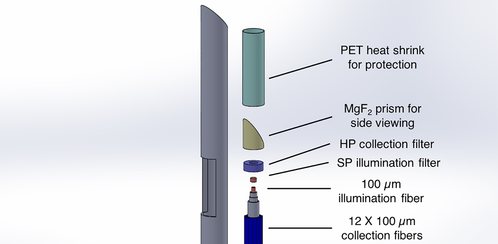
A team of Canadian researchers developed and clinically tested a navigation‐guided fiberoptic Raman probe that allows surgeons to interrogate brain tissue in situ at the tip of the biopsy needle prior to tissue removal.

A wood-derived absorbent that provides an efficient and scalable approach to the rapid clean-up of high viscosity crude oil.